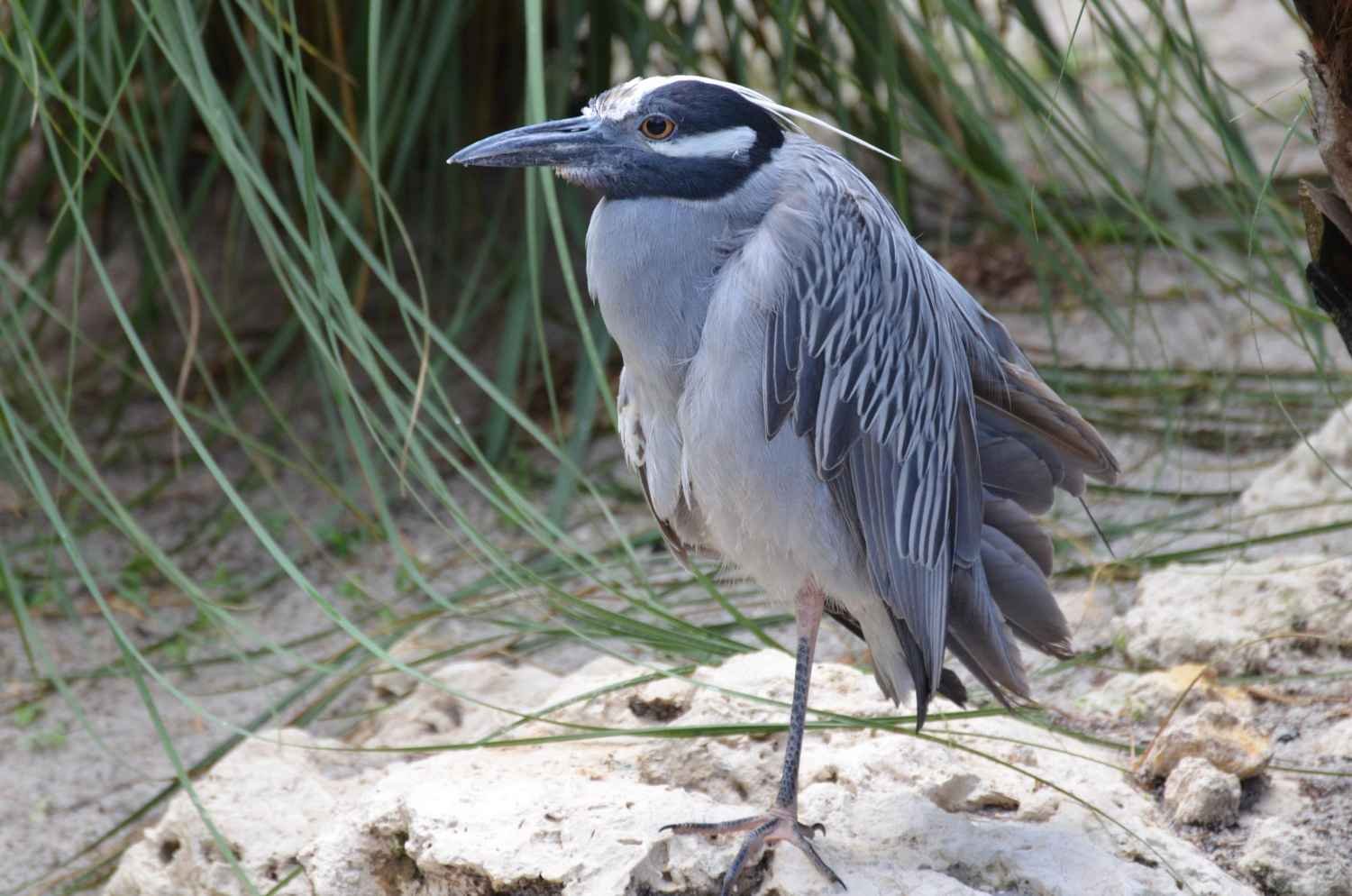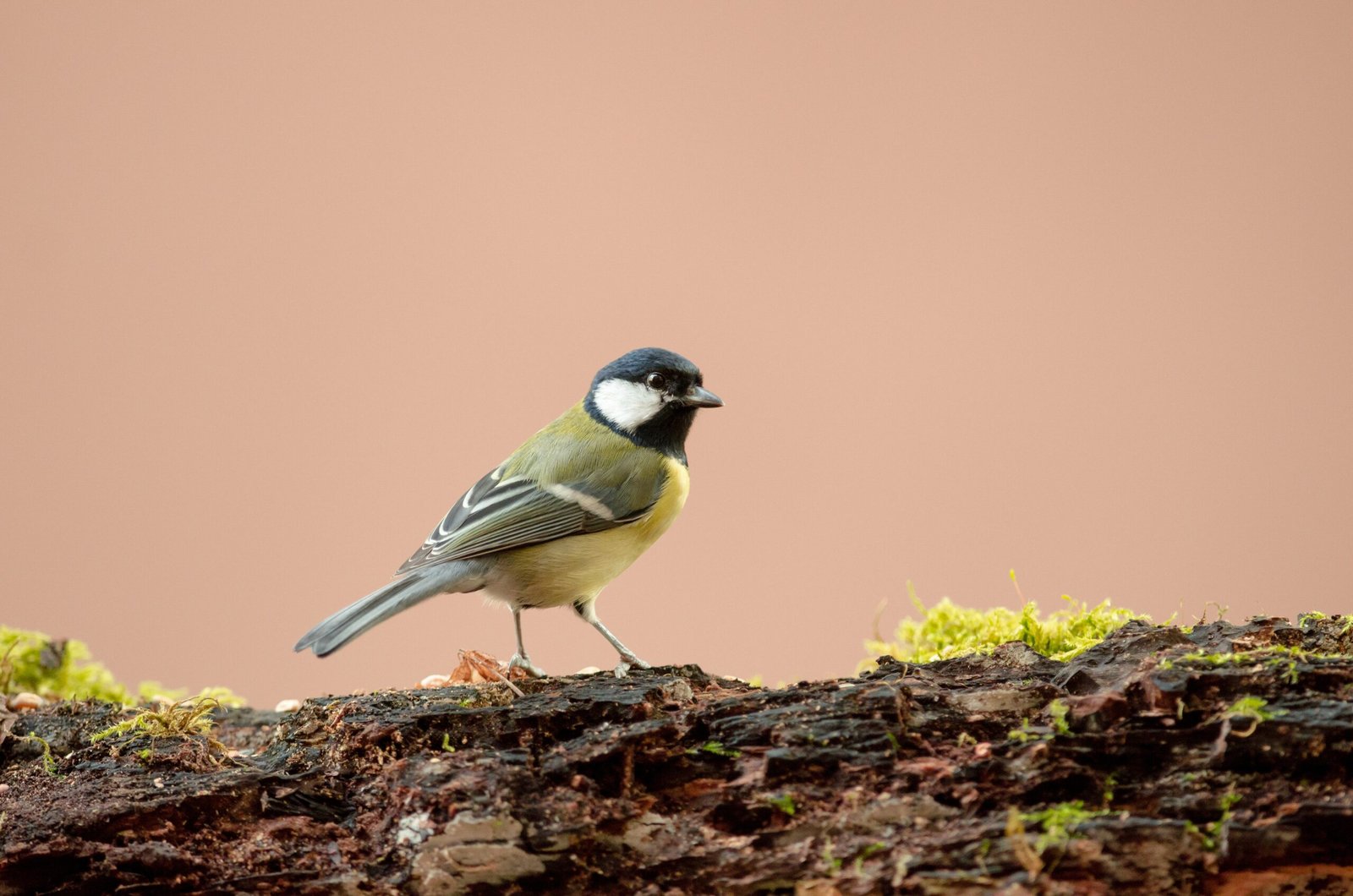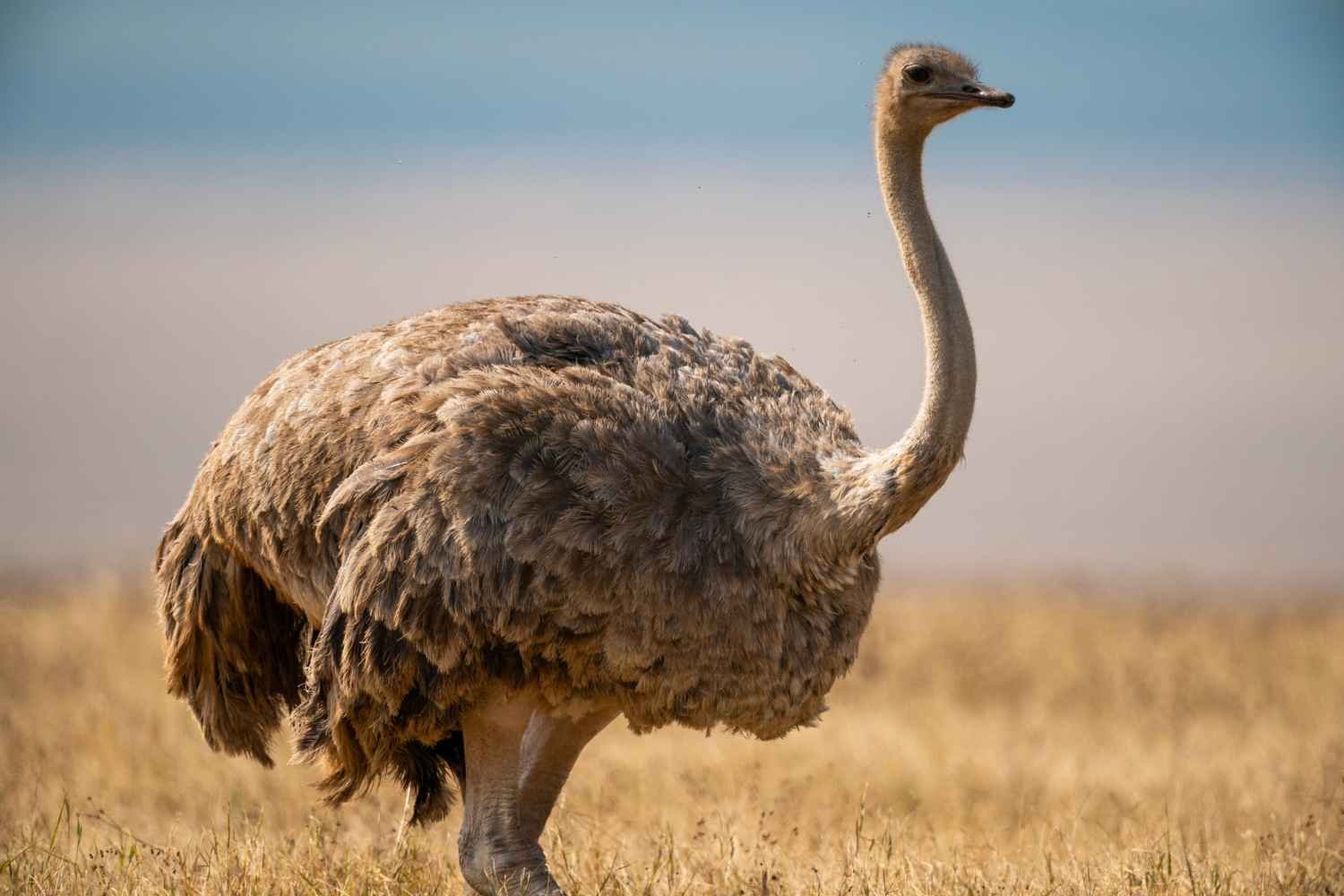Waterfowl are one of the most striking and charismatic components of the fauna that inhabits wetlands. They have a higher plasticity than other animals, for example fish, however, some species do not exhibit adaptations to the aquatic environment and use these environments during one or several seasons of the year to spend part of their biological cycle, to nest and breed , or to change plumage. Other species developed anatomical and physiological adaptations that allow them to optimally use these types of environments and in this way they depend on them almost completely to be able to develop their life cycle successfully.
If you want to continue learning about aquatic birds , keep reading this article and we will tell you everything about them, from their types and characteristics, to their names and examples.
Types of waterfowl
All birds, like other vertebrates, need water to live. But when we refer to aquatic birds, we can affirm that they are species that make use of aquatic ecosystems throughout their lives or a stage of their life cycle.
These birds are varied in terms of their shape, size and adaptations to the aquatic environment. Among them, we find species that migrate , or that take advantage of these aquatic environments in search of food and areas to breed.
There is a classification for waterfowl according to their type and they are:
1.Strict Aquatics : the main characteristics of this group of creatures is the presence of certain anatomical and physiological adaptations, including extremely dense plumage which in many cases waterproof thanks to glands producing fats or dusts (cormorants), or poor blood supply in their legs (penguins), with temperatures kept below that of the rest of their bodies to prevent heat loss through contact with water.
2. Non-aquatic or semi-aquatic: Although they don’t specifically adapt for life in aquatic environments like other species do, non-strict aquatic or semi-aquatic species include those associated with vegetation surrounding wetlands and bodies of water whose presence allows them to conduct part of their cycle or perform activities such as nesting or feeding.
Characteristics of Waterfowl

Aquatic birds are vertebrate animals that rely, to some extent, on bodies of water to complete part of their biological cycles; their level of dependence varies depending on species. Aquatic birds play important ecological roles as consumers, producers of organic matter and modifiers of their surroundings; nesting sites where thousands can gather to breed as well as providing shelter and sustenance are important features of aquatic bird populations.These species have characteristics that are unique to them, since they are adaptations to an environment where not all birds can access. Among these unique features are the interdigital membranes , which can have a different degree of development depending on the species and completely cover the toes of the paw (pelicans), only the base of the paw (ducks, geese and seagulls, for example). ) or develop on each individual finger (some divers).
These species utilize waterproof feathers as an adaptation to swimming, since many dive or dive to search for food. Others possess long fingers and nails which enable them to navigate flooded areas and soft surfaces without sinking (jacanas). Finally, species such as storks and herons possess long legs for searching shallow waters without getting their plumage wet; others use paddled wings like penguins do as paddles.
Beak shapes are among the most distinguishing characteristics of waterfowl, with certain species possessing beaks specifically designed to allow them to feed in wet or muddy environments. Shorebirds feature long thin beaks ideal for wading shallow areas while species like flamingos or ducks possess filter-feeding beaks for filter feeding.
An ecosystem’s and vegetation determine whether certain aquatic bird species make an appearance; such as their seasonality, size and shape. Below we will see some examples of waterfowl that inhabit wetlands:
Marine water birds

They are a group of birds associated with the seas and their coasts where they look for food and other resources. Their morphological adaptations allow them to swim, dive and dive in search of food. In addition, some species have specialized glands to eliminate excess salt. It is a varied group that includes different species, from large birds, such as the royal albatross ( Diomedea epomophora ), with gular pouches such as the common pelican ( Pelecanus onocrotalus ), gannets or boobies, such as the red-footed booby ( Sula sula ), to medium and small species with smaller but powerful beaks, such as the kelp gull ( Larus dominicanus ) and the European storm petrel ( Hydrobates pelagicus ).
Ducks and divers
Species that are specialized in swimming and diving are grouped here , for example ducks, such as the mallard ( Anas platyrhynchos ), cormorants such as the magellanic ( Phalacrocorax magellanicus ) and divers such as the black-necked ( Podiceps nigricollis ), species that are also herbivores or diving omnivores .
Wading birds

In general, these birds adapt to aquatic environments, but what differentiates them from other aquatic birds is their ability to walk in the water (wading), a technique they use to capture the fish that make up a substantial part of their population. diet. They do this thanks to their long legs, neck and beak. Within this group we can name herons such as the royal one ( Ardea cinerea ) and storks such as the American one ( Ciconia maguari ), for example.
Wading birds
They are those that are adapted to a wide variety of aquatic environments , such as high mountain wetlands, sandy or rocky beaches, mangroves, among others. These are small or medium-sized birds with long legs, with wide and short beaks like the little plover ( Charadrius dubius ), or long and thin ones, like the Andean avocet ( Recurvirostra andina ), to name a few
Moorhens, rockfish, coots and similar
Most of these species use the vegetation present on the margins of lakes, lagoons or other abundant bodies of water where they can protect themselves and search for food . They are adapted both for swimming, as in the case of the common coot ( Fulica atra) , and for walking over vegetation such as jacanas ( Jacana jacana ). Members of this group generally have bodies that allow them to move easily through dense vegetation.
Aquatic raptors and kingfishers

This group is made up of species that are not strictly aquatic nor do they have adaptations for swimming, but through different techniques they use aerial predation to capture their prey, which in most cases are fish. Examples of these birds are the osprey (Pandion haliaetus) and the giant kingfisher (Megaceryle torquata).
Other waterfowl
Like the previous group, these species do not present adaptations for life in aquatic environments, but they are associated with the vegetation that surrounds bodies of water , and from where they obtain their food. The European waterbird ( Cinclus cinclus ), for example, is the only passerine (referring to the order Passeriformes) that is strictly aquatic, since it has dense, waterproof plumage and other physiological adaptations that allow them to submerge for several seconds using their wings and maneuver under it.




